This is NASA's idea for a warp drive spaceship, capable of interstellar travel. It's
not a fantasy sci-fi ship but a concept based on the equations of Dr.
Harold White—lead at NASA's Eagleworks Advanced Propulsion Physics
Laboratory—who also works in ion engines and plasma thrusters.
Jesus Diaz
ProfileNASA's real life Enterprise may take us to other star systems one day
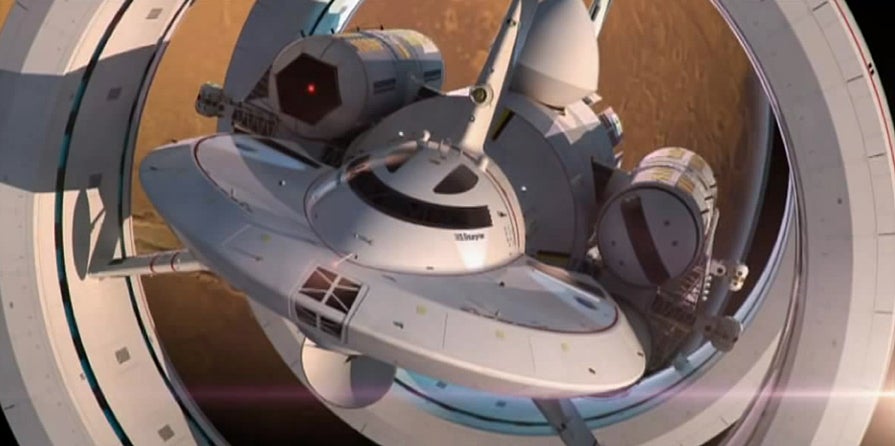
Dr. Harold "Sonny" White is still working on a warp drive
at NASA's Johnson Space Center. His work is still in the experimental
stage but that doesn't mean he can't imagine what the real life Enterprise ship would look like according to his math.
You're looking at it right now.
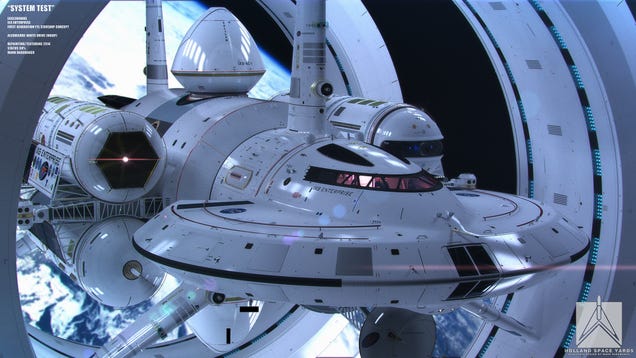
This is the starship that may take us where no human has gone before. And it has me screaming like a little Klingon girl.
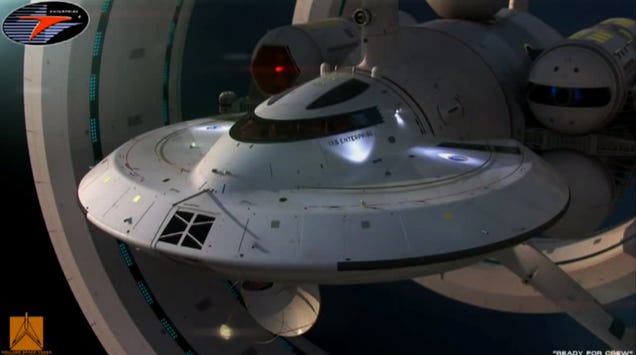
Concept 3D artist Mark Rademaker told io9
that "he worked with White to create the updated model, which includes a
sleek ship nestled at the center of two enormous rings, which create
the warp bubble."
The
updated model is the one you can see above, a variation of the original
concept which, according to Dr. White, was rendered by Rademaker based
on an idea by Matthew Jeffries, the guy who came with "the familiar Star
Trek look." This is the original warp drive spaceship concept:

Dr.
White—whose daily life is working in future propulsion solutions for
interplanetary travel in the near future, like ion and plasma
thrusters—developed new theoretical work that solved the problems of the
Alcubierre Drive concept, a theory that allowed faster-than-light
travel based on Einstein's field equations in general relativity,
developed by theoretical physicist Miguel Alcubierre.
A
spaceship equipped with a warp drive would allow faster-than-light
travel by bending the space around it, making distances shorter. At the
local level, however, the spaceship wouldn't be moving faster than
light. Therefore, warp drive travel doesn't violate the first Einstein
commandment: Thou shall not travel faster than light.
Here's more views of the IXS Enterprise during its construction phase, the concept that Dr. White developed with Rademaker:
You can watch the fascinating talk that Dr. White gave at the SpaceVision 2013 conference here:
The spacecraft reminds me a bit to the spaceship in Chris Nolan's Interstellar,
a film that—in theory—will portrait realistic faster-than-light travel.
This is partial view of the ship in the movie, which also has a ring of
some sort around it.

Not a fantasy, but real science
But Interstellar
is just science fiction. Dr. White's work at the Advanced Propulsion
Theme Lead for the NASA Engineering Directorate is science. And while
his department only gets peanuts compared to NASA's budget (not to talk
about the Pentagon's) I find his words comforting:
Perhaps a Star Trek experience within our lifetime is not such a remote possibility.
See, Dr. White and his colleagues aren't making a movie or coming up with 3D renders for the sake of it. They just don't just believe a real life warp drive is theoretically possible; they've already started the work to create one:
Working at NASA Eagleworks—a skunkworks operation deep at NASA's Johnson Space Center—Dr. White's team is trying to find proof of those loopholes. They have "initiated an interferometer test bed that will try to generate and detect a microscopic instance of a little warp bubble" using an instrument called the White-Juday Warp Field Interferometer.
It may sound like a small thing now, but the implications of the research huge. In his own words:
Although this is just a tiny instance of the phenomena, it will be existence proof for the idea of perturbing space time-a "Chicago pile" moment, as it were. Recall that December of 1942 saw the first demonstration of a controlled nuclear reaction that generated a whopping half watt. This existence proof was followed by the activation of a ~ four megawatt reactor in November of 1943. Existence proof for the practical application of a scientific idea can be a tipping point for technology development.
The roadmap to the warp drive
According to Dr. White, this is a roadmap that they need to follow to achieve that final objective of rapid interstellar travel. He explains this roadmap in the video above.
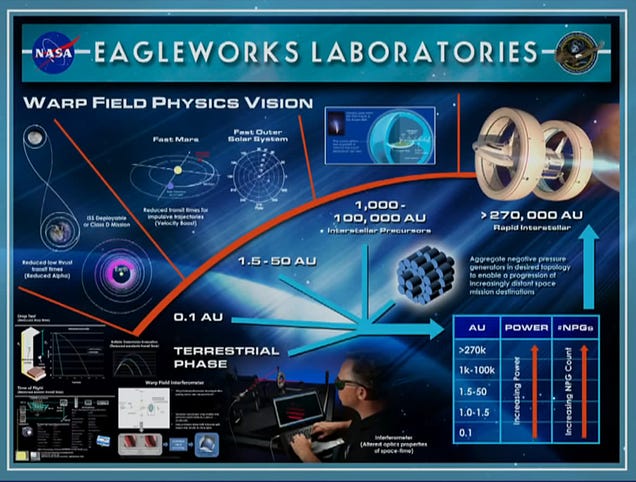
If
his work is successful, he says that we would be able to create an
engine that will get us to Alpha Centauri "in two weeks as measured by
clocks here on Earth." The time will be the same in the spaceship and on
Earth, he claims, and there will not be "tidal forces inside the
bubble, no undue issues, and the proper acceleration is zero. When you
turn the field on, everybody doesn't go slamming against the bulkhead,
which would be a very short and sad trip."
Every time I read that paragraph I smile—and these renders just make my smile so wide it looks stupid.
OK, Dr. White, you got our attention. Make it so.
Interested in more science-based space travel concepts? Check out the amazing Kalpana One, a sub-light speed space settlement designed for hundreds of families.
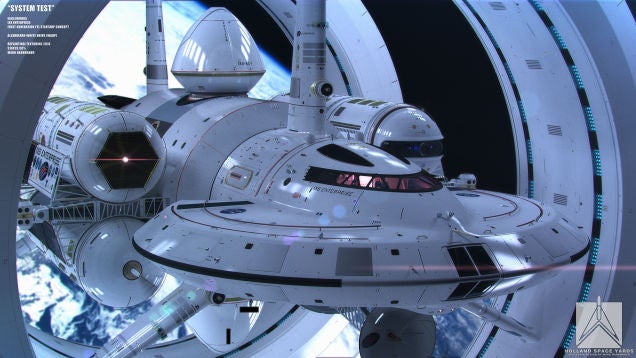

No comments:
Post a Comment